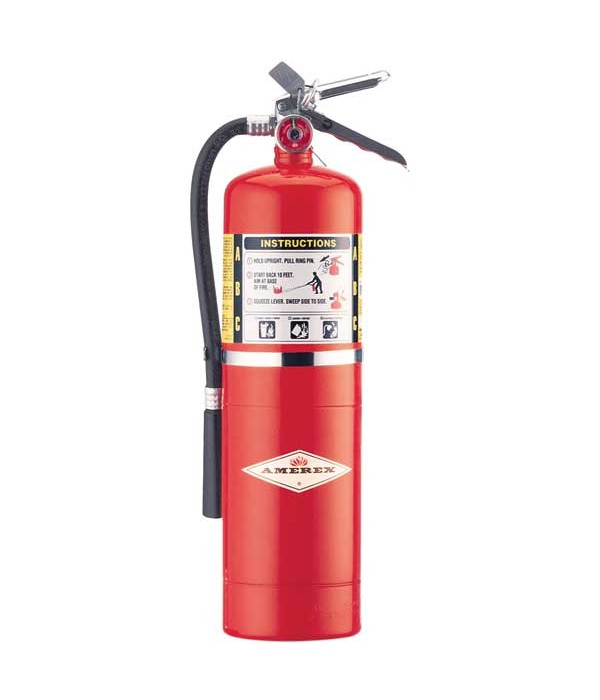Fire Extinguisher Maintenance – Should we shake them or pound on them? (Answer: NO)
 The question is, should you turn your dry chemical fire extinguisher over and tap it to make sure the powder doesn’t get compacted? We found out that the answer is definitely NO. It’s one of those things we all considered “common knowledge,” but it turned out to be a myth. Well, it’s pretty new information in our community, so we wanted to put together all the background information we could find. And again, bottom line, NO, do not turn your fire extinguishers over or tap them with a mallet as part of your maintenance. DO inspect them regularly, and take them to a service shop if you notice any damage.
The question is, should you turn your dry chemical fire extinguisher over and tap it to make sure the powder doesn’t get compacted? We found out that the answer is definitely NO. It’s one of those things we all considered “common knowledge,” but it turned out to be a myth. Well, it’s pretty new information in our community, so we wanted to put together all the background information we could find. And again, bottom line, NO, do not turn your fire extinguishers over or tap them with a mallet as part of your maintenance. DO inspect them regularly, and take them to a service shop if you notice any damage.
In fact, with modern extinguishers, you are not going to do any good, and you could damage the valve. So just don’t ok? We talked to a lot of technicians. We studied standards. We studied manufacturers’ websites and product manuals. We talked with leaders of another CERT program, and THEY spoke with some manufacturers. One person interviewed was J.R. Nerat at Badger Fire Protection. J.R. is on the “NFPA 10 Technical Committee on Portable Fire Extinguishers.” He told us some valuable history. In particular, he told how, during the evolution of fire extinguishers, there was a time when dry chemical extinguishers would become compacted. But no longer.
Manufacturers make no mention of the practice. It is NOT part of any recommended maintenance. One manufacturer, Amerex (www.amerex-fire.com), has a page of common myths on their website. They say that the chemicals do not compact, and pounding on an extinguisher is a bad idea. You can visit their site for more information.
The NFPA 10 standard makes no mention of any such practice. Any UL-listed extinguisher has been tested to be certain it does NOT compact. And as soon as you begin discharging it, the compressed gas expanding inside will thoroughly liquify the powder.
One manufacturer told us that we should, “… ask anyone who advocates shaking to produce a manufacturer’s document that recommends it.”
Here is the history of the myth, according to J.R. Nerat. In the early 1900’s there were no manufacturing or testing standards, and dry chemicals were frequently put in long tubes with cardboard walls. These tubes were stored vertically on the walls of public buildings, like theaters. Moisture would permeate the cardboard and dampen the powder, thereby forming a cake. In the 30’s the cardboard was replaced with metal tubes but the issue remained. The powder had no additives to prevent caking or moisture absorption. During WWII the dry powder was improved. It now has anti-moisture coatings, is a variety of mixed diameters and will not cake. When a little gas begins to flow, it disperses immediately and flows like a liquid.
Check your fire extinguishers regularly. If the pressure gauge is not in the green, or if you detect any damage, take them to a shop that services fire extinguishers. And remember, fire extinguishers have a limited lifetime. The lifetime is years long, but it is not forever. If your fire extinguisher is past its expiration, replace it. If you have a rechargeable extinguisher, follow the manufacturer's recommendation for regular maintenance.
Here are some fire extinguisher manufacturers' sites.
https://www.amerex-fire.com/products/?category=hand-portable-extinguishers
https://www.kidde.com/home-safety/en/us/products/fire-safety/fire-extinguishers
https://www.firstalert.com/product-category/fire-extinguishers/home